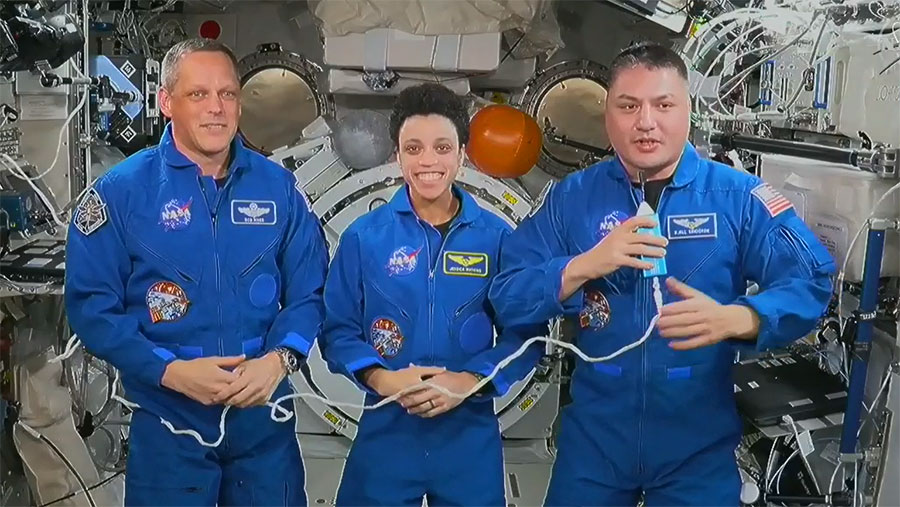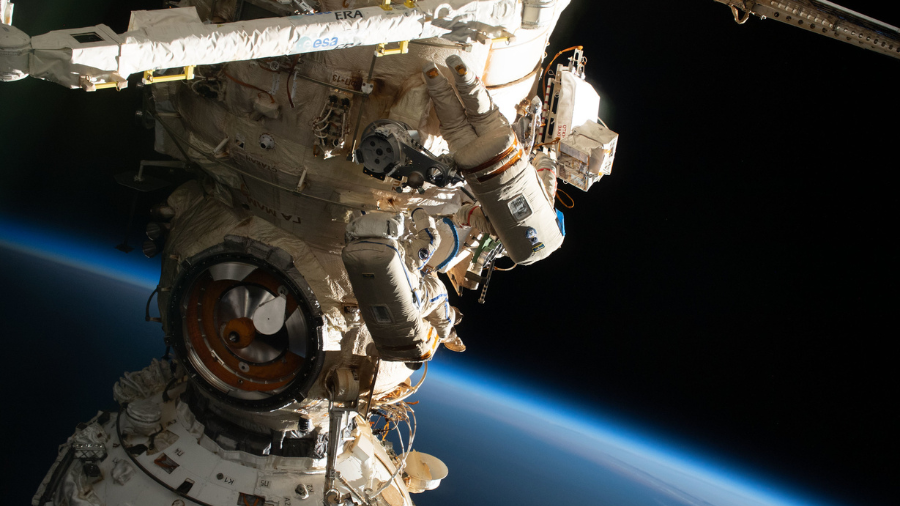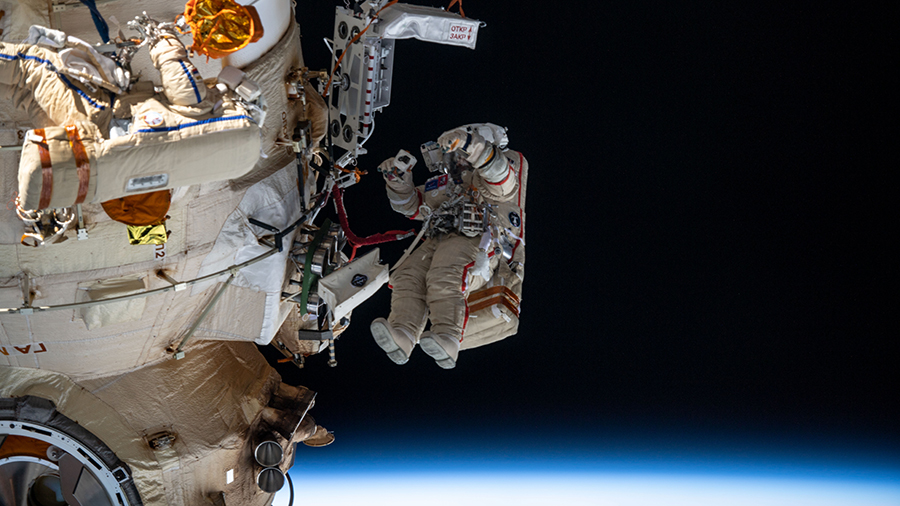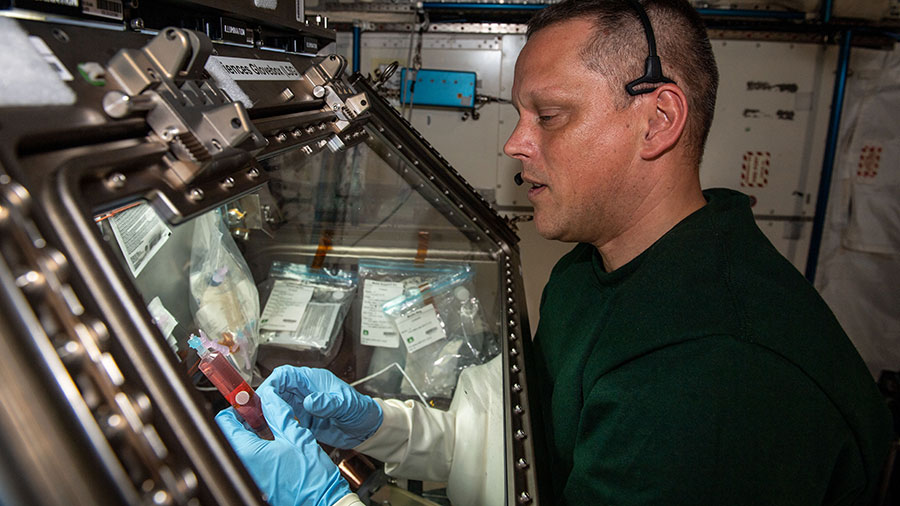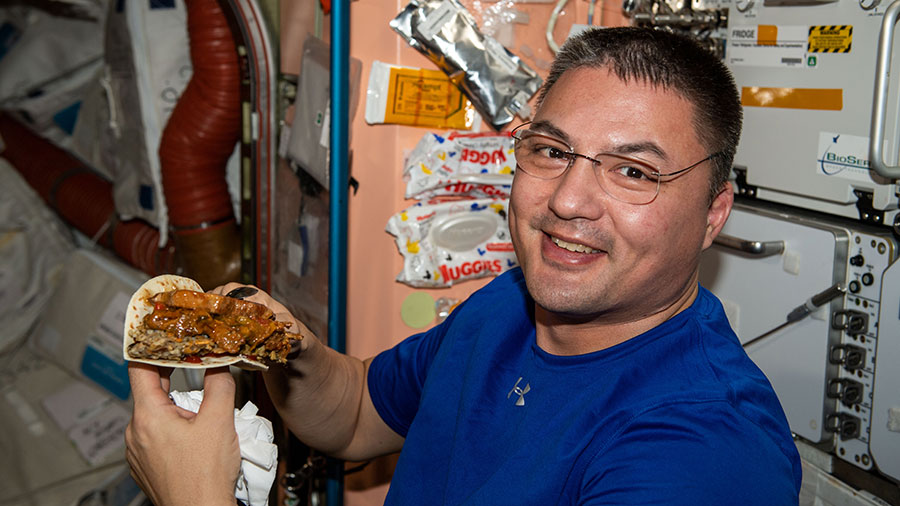
Four of the seven Expedition 67 crew members took the day off on Monday following a busy week of science and maintenance aboard the International Space Station.
Last week saw Flight Engineers Kjell Lindgren, Bob Hines, Jessica Watkins, and Samantha Cristoforetti focus on upgrading life support systems. The quartet moved the Life Support Rack from the Harmony module to the Tranquility module to demonstrate its capacity to remove carbon dioxide and recover oxygen for the crew. The Oxygen Generation System rack was moved from Tranquility to the U.S. Destiny laboratory module to test its ability to detect hydrogen and protect its systems.
Hines and Watkins would spend Thursday and Friday exploring how cognition and perception is affected when living in space long-term. Scientists are using the data to help astronauts adapt to the differing gravity environments of the Moon, Mars, and beyond. Lindgren wrapped up last week testing the station’s new U.S. toilet system while Cristoforetti tended to vegetables growing using non-soil methods such as hydroponics and aeroponics.
The orbiting lab’s three cosmonauts are preparing for their return to Earth at the end of September completing a six-month mission. Commander Oleg Artemyev was joined by Flight Engineers Denis Matveev and Sergey Korsakov for an early morning conference with support personnel who would retrieve the crew after parachuting to Earth inside the Soyuz MS-21 crew ship. Artemyev and Matveev then tested the Lower Body Negative Pressure (LBNP) suit to adapt for the return to Earth’s gravity. The LBNP suit counteracts microgravity’s tendency to pull fluids toward a crew member’s upper body.
During midday, Korsakov joined his cosmonaut crewmates for the LBNP activities to help prepare their bodies for the gravity adjustment when they return to Earth. Korsakov spent the rest of Monday on computer maintenance in the Nauka multipurpose laboratory module as well orbital plumbing duties in the station’s Russian segment.
Learn more about station activities by following the space station blog, @space_station and @ISS_Research on Twitter, as well as the ISS Facebook and ISS Instagram accounts.
Get weekly video highlights at: http://jscfeatures.jsc.nasa.gov/videoupdate/
Get the latest from NASA delivered every week. Subscribe here: www.nasa.gov/subscribe

